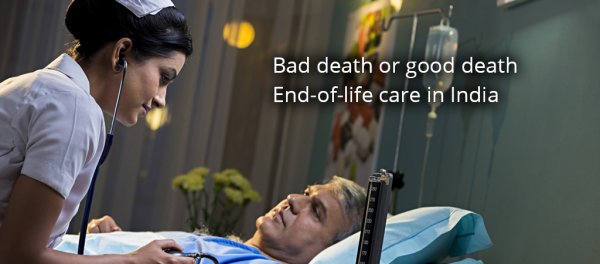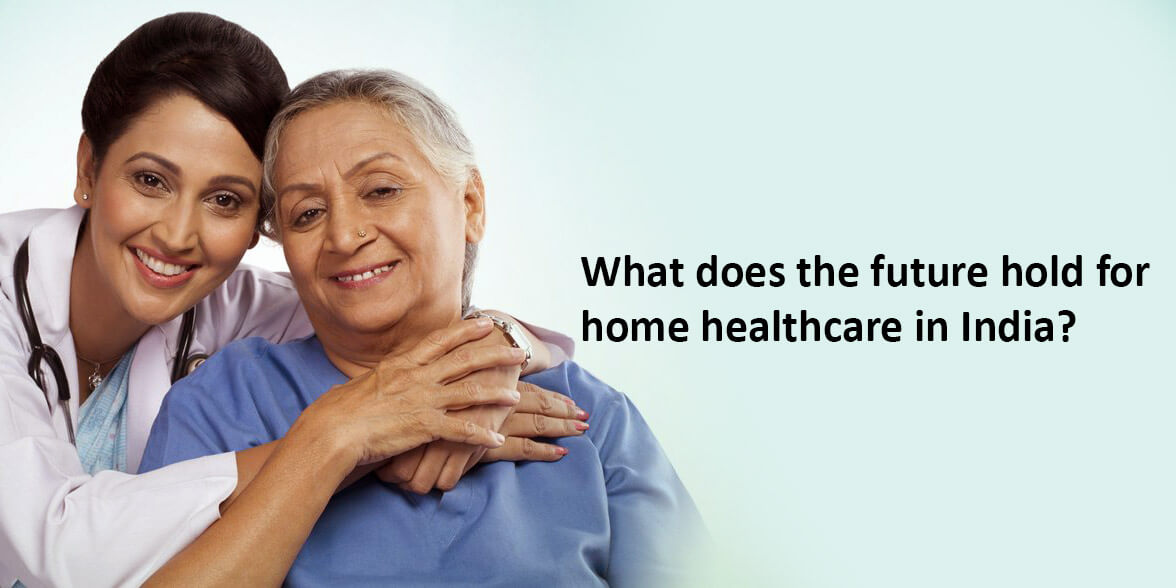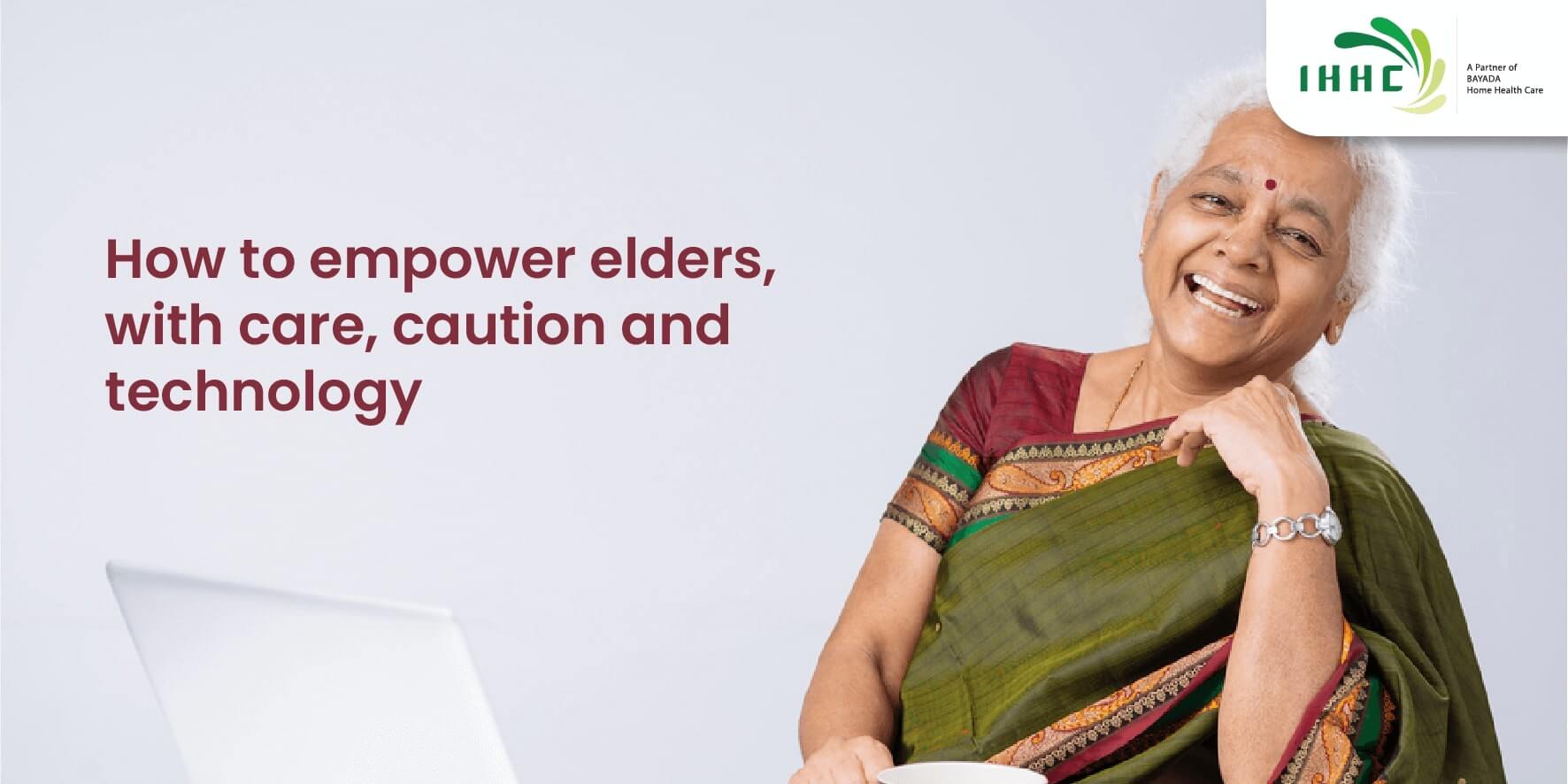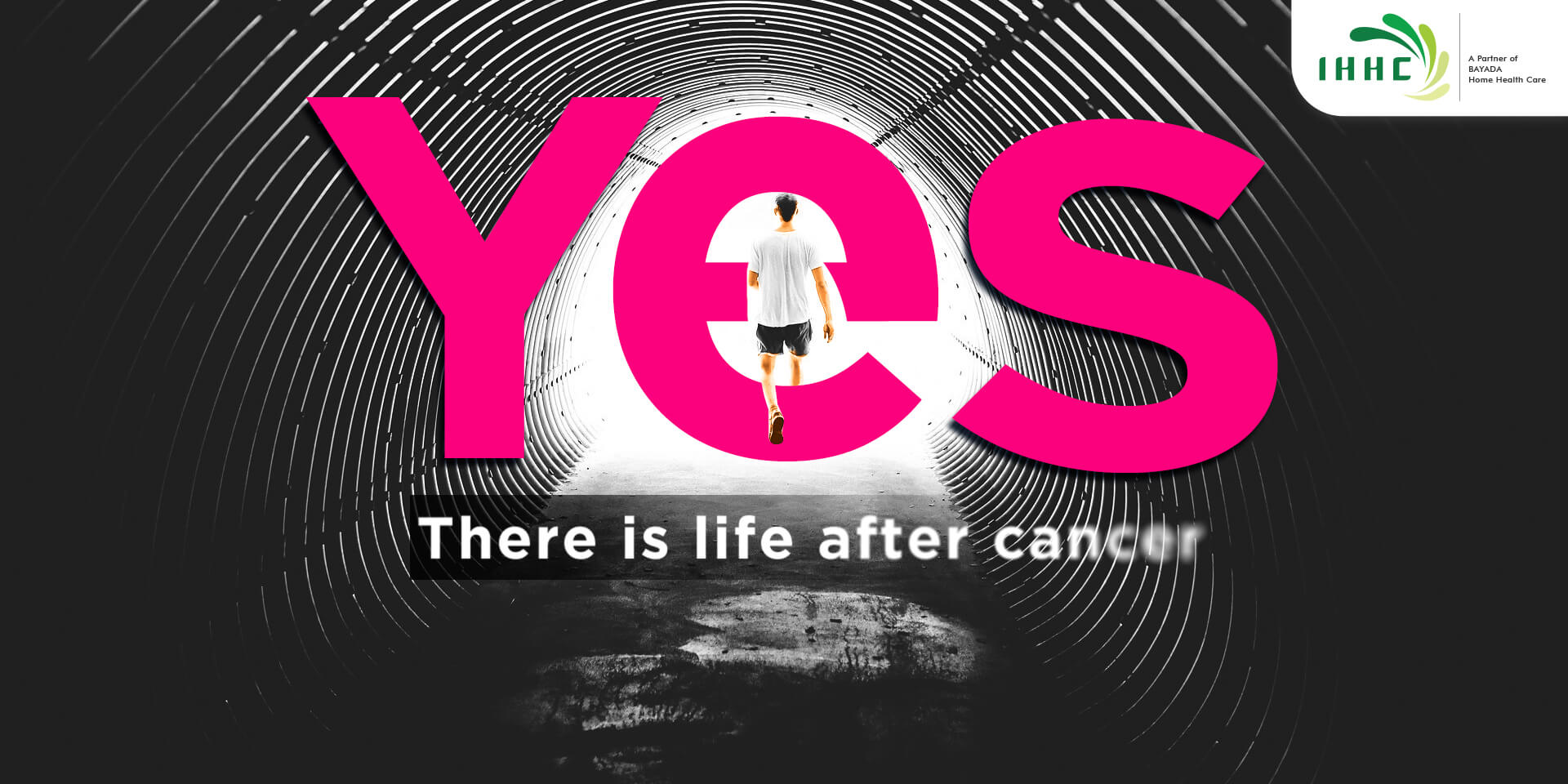Is there a need for home healthcare in India?
Forty-two years ago, a nurse working at the King Edward Memorial (KEM) hospital was thrown into a permanently vegetative state because of a sexual assault. She survived in that state for just over four decades, then died naturally. The Aruna Shanbaug case brought to light the limits of the lawas related to end-of-life care, which are really at aembryonic stage in India.
Our courts did give guidelines differentiating between active and passive euthanasia, holding the latter to be legally permissible. This was challenged in the case of Common Cause versus Union of India, which held that the decision on Shanbaug was based on a wrong interpretation of the Gian Kaur case, in which a constitution bench had held that right to life did not include the right to die.
What it really boils down to is this: How do we determine death? In order to legislate on end-of-life, the essential question that needs to be answered is – when can a person be considered dead? Is it when the heart stops functioning, or the brain, or the lungs? The advances in medical technology have made death more of a process, rather than a precise point. Unfortunately, under existing Indian law, the parameters for determining death in certain cases depends on whether or not an individual is donating his or her organs.
Meeting death with dignity and grace
According to a story published in Livemint.com (October2016) Nagaraj (name changed), a 32-year-old man suffering from oral cancer, was brought to Karunashraya, a hospice for end-of-life cancer patients in Marathahalli, Bengaluru. In her early morning shift, his nurse greetedNagaraj and checked his wound which was cleaned just an hour before she came on duty. But due to the discharge from the wound on his cheek which extends right up to his neck, his mouth needed to be cleansed again and the wound needed another dressing. While she checked his diaper, and turned him on his side, his nurse wondered what Nagaraj’s life would have been before he was brought into the hospice.
At the time this case was recorded, Karunashraya had 53 occupants with four new admissions on that day. The same day three residents had passed away. The outflow was as quick as the influx at this 80-bed hospice. Few residents lived more than a fortnight, many died in three to four days. But death and suffering are social levelers, hence patients from wealthy families were also admitted into Karunashraya when their families could no longer cope with their illnesses.
India ranks dreadfully low on palliative care, which has not been integrated into the health care system of the country. In a report commissioned by The Economist in 2016, India ranked 67th out of the 80 countries on the Quality of Death Index. Generally speaking, ignorance of end-of-life-care makes India one of the worst countries to die in.
Falling back on spiritual resources
Palliative care patients use spiritual and religious coping methods when other ways of coping don’t provide comfort. According to Hinduism, good karma leads to good birth and bad karma to bad rebirth. Suffering in this life is explained in terms of past karma. So, in India, there’s a notion of good death and how to die thus while a bad death is greatly feared. Hinduism sees death as transition to another life by reincarnation, or a life in heaven with God or absorption into Brahma.
Those who have taken Sanyas, cut themselves off from material and emotional concerns and get ready for death through prayer and meditation – whatever the suffering involved. But, there is a difference between the consciously willed death of a spiritually advanced person and someone in pain wishing to end an unbearable life. Assumptions or conclusions regarding palliative care, based on a person’s religious status, are misguided. Decisions about method and treatment should be taken on the basis of the way of life, customs, opinions, values, attitudes and monetary resources of individual patients, and not on the basis of a predetermined religiousand cultural construct.
The World Health Organization (WHO) defines palliative care as “an approach that improves the quality of life of patients and their families facing the problems associated with life-threatening illness, through the prevention and relief of suffering by means of early identification and impeccable assessment and treatment of pain and other problems, physical, psychosocial and spiritual”.
End-of-life care in India, in the 21st century
In India, there are approximately 500 centers providing palliative care. The “Kerala Model” is very well accepted in the country. The Neighborhood Network of Palliative Care and “Palliative care in Campus Groups” are part of initiatives where there is community participation.
But, there is no policy at a national level on Palliative and EOL Care. While palliative care is mentioned in the National Cancer Control Program, specific guidelines are lacking with respect to other incurable conditions such as AIDS and end stage chronic medical diseases.
Typically, in the developed world, there are four core values of medical ethics on which palliative care is based:
- Autonomy: patient has the right to choose or refuse the treatment
- Beneficence: a doctor should act in the best interest of the patient
- Non-maleficence: first, do no harm
- Justice: distribute health resources equitably
Additionally, two more values enshrined in medical ethics are:
- Dignity: the patient and the persons treating the patient have the right to dignity
- Truthfulness and honesty: the concept of informed consent and truth telling
The model of palliative care which has evolved in the West around these values is difficult to adhere to in India – considering the current state of palliative care, and the applicable laws, available in India.
Ethics and customs in palliative care
The doctor is protected against litigation and malpractice if acting in the best interest of the patient. The Indian Society of Critical Care Medicine has developed directives to deal with issues of prescribing opioids, such as increased doses of morphine, or switching off life support. The document essentially deals with doctors’ attitude towards severely ill patients in ICU. It also refers to medical practitioners’ objective and subjective assessments, honest and accurate disclosure of prognosis, early option of palliative care in poor prognosis, ensuring consistency among the care giver teams, as well as giving a checklist when to put the patient on EOL care (i.e., withdrawal of life support) within the bounds of law.
In Indian culture, family members and physicians may share decisional duties.Quite often more than one relative is involved in the care of the patient and they would all want to know the clinical details. Language differences between health care professionals and patients create huge barriers in communication. Hence effective communication (and explanation of the disease process) is the key to ethical palliative care. It is a well-known fact, that timely application of palliative care easesdistressing symptoms in terminal stages of diseases and avoids toxicities of questionable therapies.
At present, there is a dissonance between the Fundamental Rights enshrined in Article 21 of the Indian Constitution on the one hand, and the Supreme Court decisions and Indian Penal Code (IPC) sections related to suicide (IPC 309) and abatement of suicide (IPC 306), on the other. However, opinions expressed by lawyers are that if a doctor who withdraws or withholds treatments in good faith is subject to criminal prosecution, there is plenty of room for his defense even under current laws. Mr. S. Balakrishnan, a Supreme Court Lawyer, is unequivocalin his opinion that the best defense for a doctor in a civil suit related to this issue would be to prove that he “has acted in conformity with the standards prevailing in his profession.”
The ongoing case of Common Cause versus Union of India and the pending draft bill are only the beginnings of a journey towards resolving legal issues surrounding end-of-life care and respecting people’s rights to die with dignity. Lawmakers have to draw a line between life and death; we should all hope that it will be dealt with the focus on human dignity in line with the robust laws defending the right to life, under the constitution of India.




